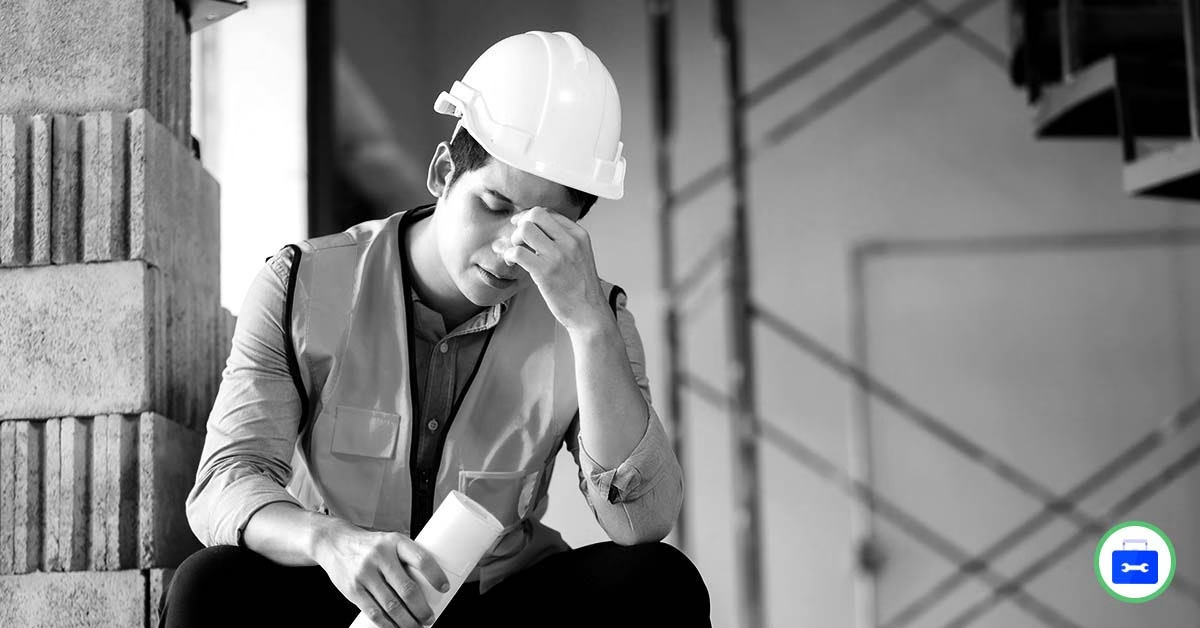Foreign object debris (FOD) in data centres is any extraneous material that can interfere with…
Toolbox Talk – High-Risk Activities – Know Them, Control The
Today we’re talking about High-Risk Activities (HRAs)—the kinds of work that carry a higher chance of serious injury, illness, or death if not properly managed.
At Cairnmead, we’ve identified 16 categories of high-risk activities common on South African construction sites. We track and audit these to help prevent the worst from happening.
But audits are not enough—you need to understand them, control them, and act before things go wrong.
What is a High-Risk Activity?
A high-risk activity is any task that, if done incorrectly or without proper control, has a higher chance of:
- Injury
- Fatality
- Illness
- Structural failure
- Environmental damage
These are not your average tasks—they’re the red flags of your site.
Examples of High-Risk Activities (from Cairnmead HRA categories)
- Working at Heights – fall potential from slabs, ladders, scaffolding
- Confined Space Work – low oxygen, gas buildup
- Electrical – cable management
- Electrical Installations – shock, burns, arc flash
- Ground Disturbance – cave-ins, buried services
- Mobile Equipment – mobile plants, traffic zones
- Lifting Operations – suspended loads, rigging
- Hazardous Materials – burns, fumes, environmental exposure
- Housekeeping – trip and fire hazards
- Hot Work – welding, cutting, grinding
- Material Handling – stacking of articles
- Administration – missing plans, inductions, signoffs
- Infectious Diseases – exposed to diseases
- Noise – long-term health exposure
- Site Operations – Site access, security, site inductions
- PPE – providing the correct protective equipment
Why Do We Focus on These?
Because most serious injuries and deaths happen during these tasks.
They are also predictable and preventable.
That’s why we treat them as leading indicators – warning signs that something could go wrong before it does.
How Do We Control High-Risk Activities?
Pre-Task Risk Assessments (HRA Focused)
- Identify the activity on the work plan
- Ask: What can go wrong? What controls are needed?
Hierarchy of Controls
- Eliminate the risk (do it differently)
- Substitute (use safer methods or materials)
- Engineer controls (scaffolding, barriers)
- Administrative controls (permits, training)
- PPE (only as a last line of defense)
Daily Activity Briefings (DABs)
- Confirm who’s doing what
- Highlight HRA tasks
- Assign responsibilities
Use of Permit-to-Work Systems
- Hot work
- Confined spaces
- Crane operations
- Excavations
File and Documentation Control
- Valid safety file
- Contractor 37(2) agreement
- Fall Protection Plan (where required)
Supervision and Audit
- HRA audits every week
- Close-out findings with proof
- Don’t allow unsafe work to continue
Your Responsibility
- If you see a high-risk activity uncontrolled—stop it.
- Don’t assume someone else is watching.
- Don’t ignore near-misses.
- Report risks. Speak up.
Because in construction, you don’t always get a second chance.
High-risk activities aren’t just more dangerous—they’re more visible, more regulated, and more unforgiving.
By understanding and controlling them, we don’t just protect lives—we protect your team, your job, and your future.
Exclusion zones exist for your safety. Don’t cross the line—stay alert, stay safe.
Download the full Toolbox Talk document on High-Risk Activities below:



